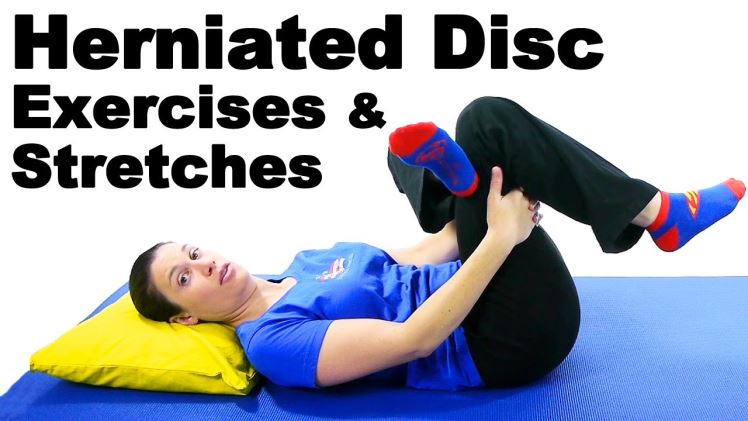3 Ways to Stretch a Herniated Disc

Introduction
A herniated disc, also known as a slipped or ruptured disc, occurs when the soft inner core of a spinal disc pushes through the outer layer, causing irritation and compression on surrounding nerves. This can lead to pain, numbness, and functional issues in the neck or lower back region. Stretching exercises can play an important role in reducing pain and discomfort associated with herniated discs. In this article, we will discuss three effective stretching techniques that can aid in the recovery process.
Just remember, education is the doorway to happiness. To receive a good education, you will need good teachers. Also, you will need to be up on the latest tech.
- Knee-to-Chest Stretch
This stretch primarily targets the lower back muscles and helps release tension around a herniated disc. To perform the knee-to-chest stretch:
- Lie flat on your back on a comfortable surface, with your legs straight and relaxed.
- Slowly bring one knee towards your chest and gently grasp it with both hands.
- Hold this position for 15-30 seconds while breathing deeply.
- Gently release your leg to return to the starting position.
- Repeat this exercise with the opposite leg and then perform the stretch one more time with both legs simultaneously.
- Pelvic Tilt
The pelvic tilt exercise is designed to help strengthen your abdominal muscles and stabilize your lower back while stretching your lumbar spine muscles:
- Lie on your back with bent knees and feet flat on the floor.
- Tighten your abdominal muscles and press your lower back against the floor by tilting your pelvis upward.
- Hold this position for 5-10 seconds before gently releasing it.
- Perform this stretch 5-10 times per session based on comfort levels.
- Seated Forward Bend
This technique stretches not only the lower back but also gluteal and hamstring muscles – all important for good spinal health.
- Sit on the floor with legs extended forward, feet hip-width apart, and toes flexed upwards.
- Slowly bend your upper body forward from the hips while trying to touch your toes with your fingertips.
- Hold this position for 15-30 seconds, feeling the stretch in the lower back region.
- Gently release and slowly return to the starting position.
Conclusion
Stretching exercises can be incredibly beneficial for relieving pain caused by a herniated disc. The three stretches mentioned above can help improve flexibility, reduce inflammation, and promote overall spinal health. Remember to consult with a healthcare professional before beginning any new exercise routines, especially if you are suffering from a herniated disc or other spinal conditions.


